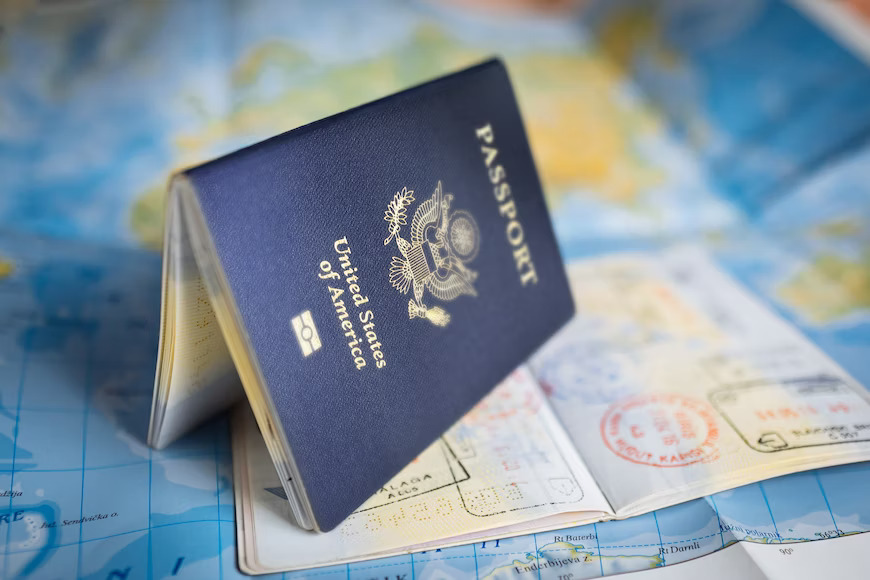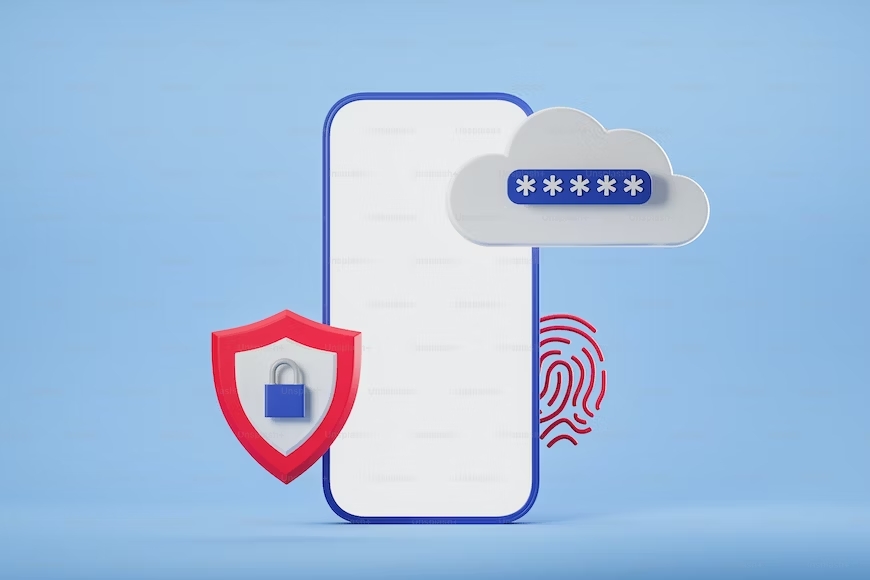As you embark on journeys that take you across borders, the travel document number becomes a vital piece of the puzzle, playing a central role in your travel identification. In this guide, we’ll delve into the intricacies of the travel document number, equipping you with the knowledge to navigate international traveling with ease and confidence.
Introduction: The Significance of a Travel Document Number
At the heart of international travel lies the need for accurate identification. A travel document number serves as a unique identifier, linking you to your official traveling documents and records. Whether you’re boarding a flight, passing through customs, or checking into accommodations, this number plays a pivotal role in verifying your identity and ensuring a seamless travel experience.
What is a Travel Document Number?
Put simply, a travel document no. is a distinctive combination of letters, numbers, or characters assigned to your traveling documents, such as a passport or visa. It acts as a digital fingerprint, distinguishing your documents from those of other travelers. This identifier is crucial for authorities and travel providers to verify your authenticity and eligibility to enter a foreign country.
The Crucial Role of a Travel Document Number
Safeguarding Identity and Security
At its core, a travel document number serves as a guardian of identity. This vital piece of information is cross-referenced with international databases to validate the traveler’s identity and screen for any potential security risks, thereby contributing to safer travel experiences.
Facilitating Immigration and Customs Procedures
During immigration and customs checks, the travel document no. acts as a shortcut to accessing critical traveler information. This streamlining of processes not only expedites entry and exit procedures but also enhances border control effectiveness.
Validating Travel Entitlements
For individuals traveling on visas or other restricted-entry documents, the travel document number is a badge of legitimacy. It confirms the traveler’s eligibility to enter a specific country or region, ensuring adherence to travel regulations.

How to Locate Your Travel Document Number
Locating your travel document number depends on the type of identification you possess:
Passport:
- Your passport number is typically located on the information page, alongside your name, date of birth, and other details.
Visa:
- Your visa often includes a visa number, which is distinct from your passport number and is usually printed on the visa sticker.
Other Travel Documents:
- Different types of travel documents, such as identity cards for certain countries, will have their unique identification numbers.
Using Your Travel Document Number for Seamless Travel
The travel document number is more than just a combination of characters; it’s your key to hassle-free traveling:
Booking Flights and Accommodations:
- Ensure the accuracy of your travel document number when booking flights and accommodations to prevent any disruptions during check-in.
Passing Through Security:
- Present your travel document along with your document no. at security checkpoints for a smoother screening process.
Immigration and Customs:
- Immigration officers use your travel document number to verify your eligibility to enter a country. Keep it handy for a swift immigration process.
Check-In:
- Airlines often require your travel document number during online or airport check-in.
Ensuring the Security of Your Travel Document Number
A Shield Against Identity Theft
Due to the sensitive nature of the information associated with a travel document number, travelers are strongly advised to treat it as a prized possession. Safeguarding this number is paramount to preventing identity theft and unauthorized use.
Exercise Discretion
Avoid sharing your travel document number in public forums or with unverified sources. Maintaining a level of discretion when handling physical copies of your travel documents adds an extra layer of security.
Harnessing the Power of Technology: Evolution of Travel Document Numbers
As the world continues to embrace technological advancements, the concept of travel document numbers has also evolved to keep pace with the digital age. The integration of biometric data, such as facial recognition and fingerprint scanning, has ushered in a new era of secure and efficient travel.

Biometric Enhancements
Biometric identifiers, linked to the travel document number, provide an added layer of verification. These identifiers, unique to each individual, offer a foolproof method of confirming identity and minimizing the risk of fraudulent activities.
E-Visas and Digital Travel Authorization
With the advent of e-visas and digital traveling authorizations, the travel document no. now plays a pivotal role in facilitating electronic entry permissions. Travelers can apply for and receive travel authorizations online, reducing paperwork and expediting the travel process.
The Global Spectrum: Variations of Travel Document Numbers
It’s important to note that the format and location of the travel document number can vary from one country to another. Different nations may employ distinct combinations of letters and numbers, adding to the uniqueness and complexity of the identification system.
Ensuring Accuracy: Double-Checking Your Travel Document Number
Vital for Booking and Check-In
When booking flights, accommodations, or other related services, providing an accurate travel document number is crucial. Mistakes in this information could lead to discrepancies and hinder your travel plans.
Cross-Referencing Across Documents
Travelers are advised to cross-reference the travel document no. across all related documents. Ensuring consistency between the passport, visa, and other permits helps prevent errors and ensures a seamless travel experience.
The Future of Travel Document Numbers: A Glimpse Ahead
As technology continues to advance, the travel industry is exploring innovative ways to enhance the functionality of travel document numbers. The potential integration of blockchain technology and decentralized identification systems holds promise for further streamlining and securing travel processes.
Securing Travel Document Numbers: Best Practices for Travelers
In an increasingly interconnected world, safeguarding your travel document no. is of paramount importance. Implementing best practices ensures the integrity of your identification and contributes to a smooth and hassle-free travel experience.
1. Keep Physical Copies Secure
While digitalization has revolutionized travel, it’s essential to retain physical copies of important travel documents. Store them in a secure and waterproof pouch within your carry-on luggage. This backup can prove invaluable in case of electronic device malfunctions or unexpected situations.

2. Utilize Secure Digital Storage
For digital travelers, employ password-protected folders or encrypted storage solutions to safeguard electronic copies of your travel documents. Use strong, unique passwords and consider two-factor authentication for an added layer of protection.
3. Beware of Public Wi-Fi
Exercise caution when accessing sensitive information, such as travel document numbers, over public Wi-Fi networks. Hackers can exploit vulnerabilities, potentially compromising your data. Whenever possible, use a secure and private network.
4. Regularly Monitor Your Documents
Periodically review your travel documents to ensure accuracy and detect any unauthorized activity. This proactive approach allows you to address any discrepancies or issues before they escalate.
5. Report Loss or Theft Immediately
In the unfortunate event of a lost or stolen travel document, report it to the relevant authorities and your country’s embassy or consulate without delay. Doing so helps prevent fraudulent use and expedites the process of obtaining replacements.
6. Keep Records of Transactions
Maintain a record of transactions related to your travel document, such as visa applications or airline bookings. This documentation can serve as evidence in case of disputes or discrepancies.
7. Stay Informed About New Security Measures
Stay updated on the latest security measures implemented by airlines, immigration authorities, and travel agencies. Adhering to these guidelines ensures a smooth travel experience and helps you avoid any potential pitfalls.
Embracing the Future: Biometric Identification
As travel continues to evolve, the integration of biometric identification is set to revolutionize how we engage with travel document numbers. The use of fingerprints, facial recognition, and iris scans enhances security and expedites border control processes, making travel more efficient and secure.
Conclusion: Navigating Travel Identification with Confidence
The travel document number may seem like a string of characters, but its significance is undeniable. As you embark on your global adventures, understanding and effectively using this identifier will contribute to seamless travels and unforgettable experiences. With your travel document no. at your fingertips, you’re equipped to explore the world with confidence and excitement.




